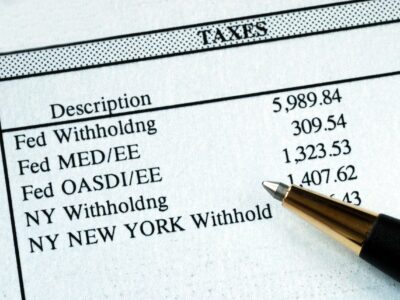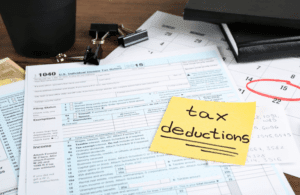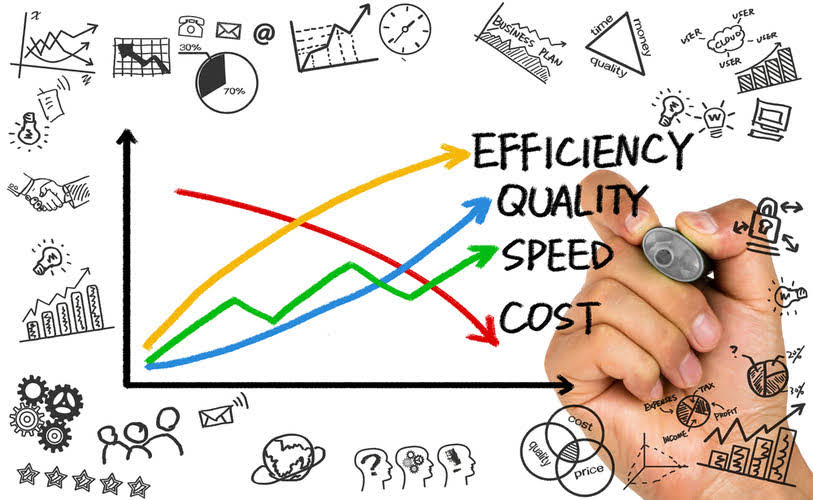
For example, if a company has a debt-to-asset ratio of 0.4 or 40%, then we can see that the company finances its assets with 40% of the debt and the remaining 60% by equity. We can also use the debt-to-asset ratio to assess the liquidity of the company, its ability to meet its obligations, and how likely they are to see a return on its investment via the debt obligation. Debt can lead to big problems if it gets out of hand, and that is why it is important to analyze the company’s debt situation and determine the potential impact, good or bad. A variation on the formula is to subtract intangible assets (such as goodwill) from the denominator, to focus on the tangible assets that were more likely acquired with debt. This approach works well when a business has engaged in a large number of acquisitions, and so has a substantial amount of goodwill on its balance sheet.
Formula and Calculation of the Total Debt-to-Total Assets Ratio

A company might have a high D/E Ratio but benefit from low-interest rates, making its debt manageable. Moreover, different accounting practices can affect reported equity values, leading to skewed ratios. For instance, companies may use different methods for asset valuation, such as historical cost versus fair value, which can significantly impact the equity portion of the ratio.
- Conversely, a debt level of 40% may be easily manageable for a company in a sector such as utilities, where cash flows are stable and higher debt ratios are the norm.
- Finance Strategists has an advertising relationship with some of the companies included on this website.
- For instance, a company with substantial retained earnings may show a lower debt-to-equity ratio, indicating a solid financial foundation built through reinvested profits rather than excessive borrowing.
- The debt-to-asset ratio is considered a leverage ratio, measuring the overall debt of a business, and then comparing that debt with the assets or equity of the company.
- The debt-to-total-asset ratio changes over time based on changes in either liabilities or assets.
- It is a measure of the degree to which a company is financing its operations with debt rather than its own resources.
- It is a great practice to analyze the debt using the above ratios and read through the debt covenants to understand each company’s debt situation.
What a Good Debt to Asset Ratio Is and How to Calculate It
It shows what proportion of the assets is funded by debt instead of equity. A high debt-to-asset ratio means a higher financial risk but, in a case of a flourishing economy, a higher equity return. Short-term debt also increases a company’s leverage, of course, but because these liabilities must be paid in a year or less, they aren’t as risky. She adds together the company’s accounts payable, interest payable, and principal loan payments to arrive at $10,500 in total liabilities and debts.
What does it mean if the Debt Ratio is too high?
As a result, borrowing that seemed prudent at first can prove unprofitable later under different circumstances. A high debt-to-assets ratio could mean that your company will have trouble borrowing more money, or that it may borrow money only at a higher interest rate than if the ratio were lower. Highly leveraged https://www.bookstime.com/ companies may be putting themselves at risk of insolvency or bankruptcy depending upon the type of company and industry. If debt to assets equals 1, it means the company has the same amount of liabilities as it has assets. A company with a DTA of greater than 1 means the company has more liabilities than assets.
- As we analyze each company, we can use the debt-to-asset ratio to analyze how much debt a company carries, its ability to repay that debt, and its likelihood of taking on additional debt.
- She adds together the company’s accounts payable, interest payable, and principal loan payments to arrive at $10,500 in total liabilities and debts.
- Although a ratio result that is considered indicative of a “healthy” company varies by industry, generally speaking, a ratio result of less than 0.5 is considered good.
- With all the monthly data neatly together, he adds the long-term debt, bank loans, and wages payable to get a total liability of $43,000.
- Very high D/E ratios may eventually result in a loan default or bankruptcy.

The total debt-to-total assets formula is the quotient of total debt divided by total assets. As shown below, total debt includes both short-term and long-term liabilities. In the banking and financial services sector, a relatively high D/E ratio is commonplace. Banks carry higher amounts of debt because they own substantial fixed assets in the form of branch networks.
- Unfortunately it is not always easy for firms to ensure all debt to asset ratios are calculated the same.
- Creditors prefer low debt-to-asset ratios because the lower the ratio, the more equity financing there is which serves as a cushion against creditors’ losses if the firm goes bankrupt.
- Knowing your debt-to-asset ratio can be particularly helpful when preparing financial projections, regardless of the type of accounting your business currently uses.
- In the banking and financial services sector, a relatively high D/E ratio is commonplace.
- As you can see, the values of the debt-to-asset ratio are entirely different.
Do you own a business?

The debt to asset ratio is a financial metric used to help understand the degree to which a company’s operations are funded by debt. It is one of many leverage ratios that may be used to understand a company’s capital structure. LT debt ratio provides a theoretical data point and can act as a discussion starter. For risk adverse investors a low LT debt ratio is preferable while investors with high-risk appetite may tolerate higher financial leverage.
What if liabilities are greater than assets?
XYZ may find investor demands are too great to secure financing, turning to financial institutions for capital instead. Dave, a self-taught investor, empowers investors to start investing by demystifying the stock market. After all, we get a pretty good idea of how the ratio works and what to look for when calculating the debt-to-asset ratio. In a low-interest-rate how to find debt to asset ratio environment, borrowing can be relatively cheap, prompting companies to take on more debt to finance expansion or other corporate initiatives. It gives stakeholders an idea of the balance between the funds provided by creditors and those provided by shareholders. Get instant access to video lessons taught by experienced investment bankers.














